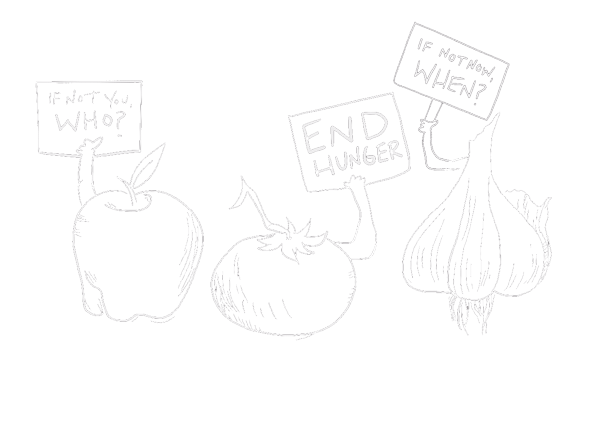Feeding San Diego Readies for Increase in Food Donations Ahead of New State Law Aimed to Reduce Methane Emissions Caused by Food Waste
Non-profit organization provides solution to Senate Bill 1383, which goes into effect on January 1, 2022
Feeding San Diego, the county’s leading hunger relief and food rescue organization, is preparing for an increase in food donations starting in the new year, as local businesses begin to comply with Senate Bill 1383. As outlined by the new law, starting on January 1, 2022 certain businesses that generate food waste will be required to start donating the maximum amount of surplus edible food fit for human consumption to hunger relief organizations like Feeding San Diego. The bill creates two tiers of businesses that must comply, with the first tier including supermarkets, grocery stores, food service distributors, and wholesale food markets. According to the California Department of Resources Recycling and Recovery (CalRecycle), landfills are the third largest source of methane in California, and organic waste in landfills emits 20% of the state’s methane, a climate super pollutant 84 times more potent than carbon dioxide. CalRecycle will be responsible for enforcement of SB 1383.
“Our team is elated that the state has taken this critical step in preventing food waste and addressing the consistent problem of food insecurity that affects so many in San Diego County,” says Patty O’Connor, Chief Supply Chain Officer at Feeding San Diego. “We will work diligently to build our capacity to take on additional donations and set our community partners that distribute across San Diego County up for success.”
Feeding San Diego has long prioritized food rescue to source the food that’s distributed out into the community. In its last fiscal year, 70% of the food distributed was rescued from local food donors and then distributed throughout the community to people in need of food assistance. While food rescue plays an important role in the organization’s business model, there is still a need for purchased food to meet the need. Since its founding in 2007, the non-profit has worked with both local and national businesses, including grocers and food distributors, to rescue food that would otherwise end up in the landfill. As a member of the Feeding America network of food banks, Feeding San Diego has infrastructure in place to accept food donations from national food donors. Food rescue is powered by MealConnect, a technology platform that allows food donors and community partners to easily track pounds of food donated or received and coordinate pickups.
The organization is preparing to take on additional food donations locally to help close the 13.8 million meal gap that occurred in March 2021, as identified by the San Diego Hunger Coalition. Feeding San Diego is projected to distribute more than 45 million meals in its FY22. It distributed 40.3 million in FY21.
One important aspect of this new legislation is that cities must ensure that there is enough food recovery capacity for the businesses required to donate. To do this, cities must survey food pantries, shelters, and other organizations currently accepting donations from businesses to understand their current ability and physical space to accept additional food and provide support to expand capacity if needed.
Feeding San Diego is currently accepting new food donors and community partners to help distribute the food. To learn more, visit feedingsandiego.org/donate-food.









